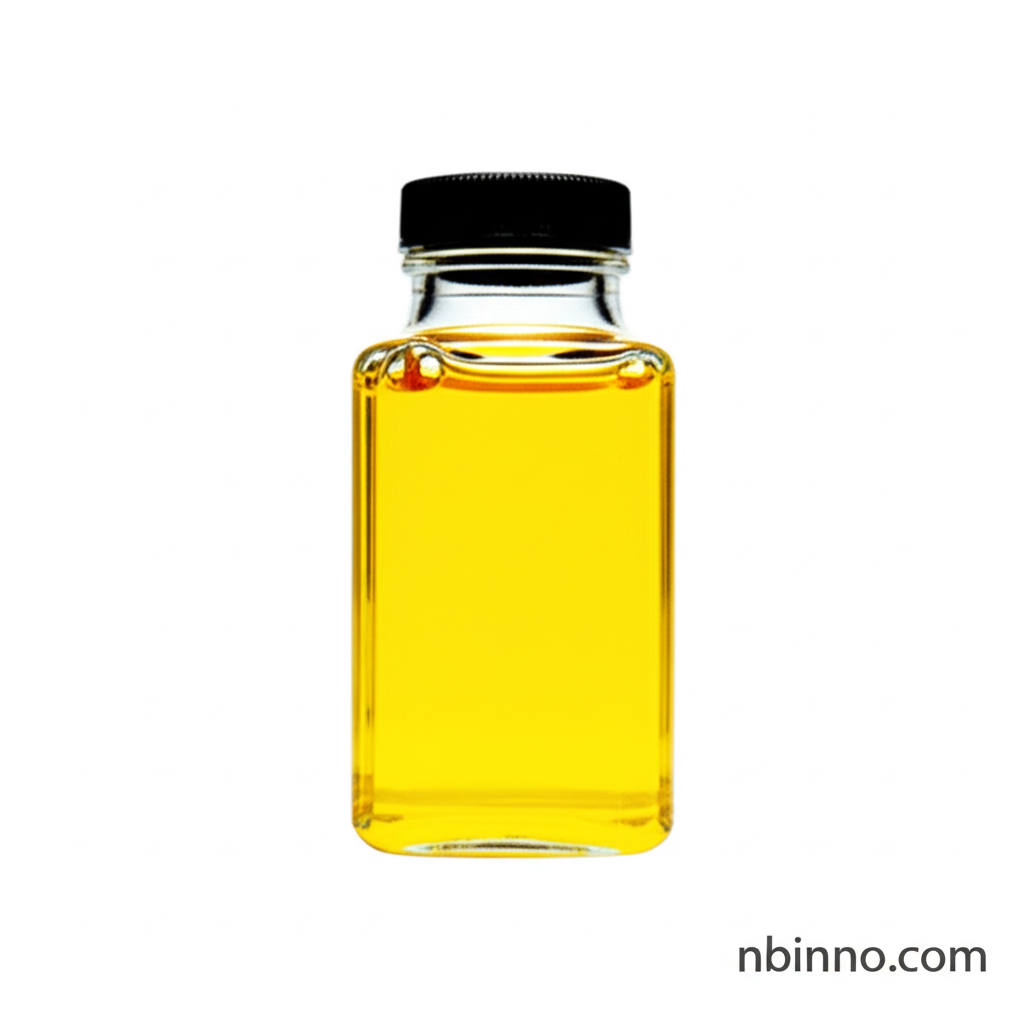5-Fluoro-2-nitrotoluene: A Key Intermediate for Innovation
Discover the versatile applications and chemical significance of 5-Fluoro-2-nitrotoluene in advanced chemical synthesis.
Get a Quote & SampleProduct Core Value

5-Fluoro-2-nitrotoluene
5-Fluoro-2-nitrotoluene is a critical organic synthesis intermediate, essential for developing specialized molecules across various industries. Its unique chemical structure allows for diverse reactions, making it a sought-after building block.
- Leverage 5-Fluoro-2-nitrotoluene intermediate for precise pharmaceutical synthesis, ensuring high purity and efficacy in drug development.
- Utilize this compound as a vital agrochemical building block, enhancing the performance of herbicides and insecticides.
- Explore its role in organic synthesis, enabling the creation of complex fluorinated molecules with tailored properties.
- Benefit from the consistent quality and reliable supply of 5-Fluoro-2-nitrotoluene for your chemical intermediate applications.
Key Advantages
Enhanced Efficacy
The fluorine substitution in 5-Fluoro-2-nitrotoluene contributes to improved biological activity and metabolic stability when used in pharmaceutical building blocks.
Versatile Reactivity
This compound is a key component in organic synthesis, offering versatile reactivity for creating complex fluorinated compounds.
Quality Assurance
Source high-purity 5-Fluoro-2-nitrotoluene to ensure consistent results in your chemical intermediate applications and research.
Key Applications
Pharmaceutical Synthesis
As a crucial pharmaceutical intermediate, it aids in the development of novel active pharmaceutical ingredients (APIs) and advanced drug candidates.
Agrochemical Development
Its role as an agrochemical building block helps in formulating next-generation crop protection agents like herbicides and insecticides.
Specialty Chemicals
This compound is integral to the production of specialty chemicals, including dyes and pigments, where its properties contribute to vibrancy and durability.
Materials Science
Its unique structure makes it valuable in materials science for creating advanced polymers and resins with specific electronic or physical properties.
